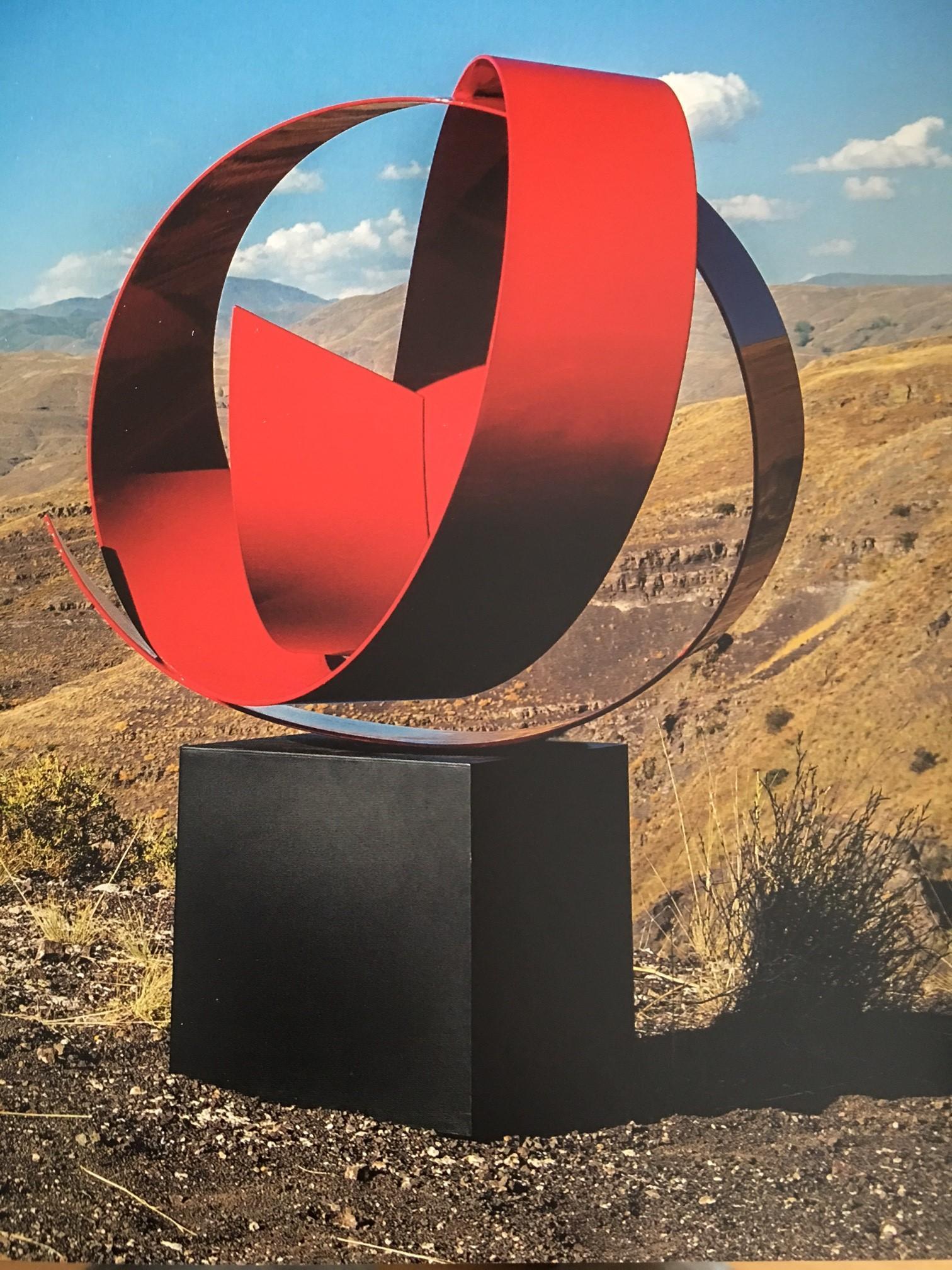Art valleys in Anatolia

The Baksı Museum was founded in 2005 in a village in Bayburt, one of Turkey’s most distant eastern places, by an artist and academic Professor Hüsamettin Koçan. The museum, founded literally in the middle of nowhere, was a utopia come true.
Koçan was supported by artists who donated their work to the museum and a handful of businesspersons.
When he established the Baksı Museum (Baksı is the old name of the village) in his birthplace, Bayraktar Village overlooking the Çoruh Valley, nobody was able to foresee the museum would become so successful.

The 10-year-old Baksı Museum is truly a valley of art with its exhibition halls, contemporary art collection, its conference hall and the art conferences it hosts, its concerts, its areas facilitating meetups between local people to discuss art and creative production.
It is more than a valley of art. The reason is that they have specific aims like protecting the local traditional culture, educating women and children and providing employment through art and creative production.
The Baksı Museum won the “2014 European Museum Prize” from the Council of Europe Parliamentarian Assembly. Famous Catalan artist Juan Miro’s “Femme aux beaux seins” sculpture is being exhibited at the museum for a year because of the prize.
While the Miro piece is being hosted, an exhibition entitled “Sculpture Road to Miro” is being held with pieces of Turkish artists exhibited outdoors all the way from the museum to the Çoruh Valley, to celebrate the museum’s prize.
While the Baksı Museum celebrates its 10th year, architect Melkan Tabanlıoğlu, a partner in Istanbul’s leading art gallery, will set up a “Women Employment Center” in downtown Bayburt.
Meanwhile, in the central Anatolian province Afyon, another valley of art is being built in the village of Tazlar, the birthplace of the founder of Borusan Holding, Ahmet Kocabıyık.
Ahmet Kocabıyık, the CEO of Borusan Holding operating in automotive, iron-steel, energy, logistics sectors, has big dreams for his father’s village, Tazlar.
As a personal initiative, he has converted a deserted farm into a water buffalo milk and cheese production unit. The farm is named after its coordinates, 38-30.
Kocabıyık, who made the first office-museum out of Borusan’s Istanbul office, “Borusan Contemporary,” is building an art valley right next to the farm in Tazlar.
At the 38-30 Art Valley, there will be 10 pavilions. Kocabıyık has reached an agreement with New York’s Whitney Museum of American Art’s digital arts curator Christiane Paul.
Japan’s artist collaborative TeamLab will hold an exhibition at the art valley.
Australian born artist Erwin Redl, known for his gigantic light installations, is among the artists Kocabıyık has invited.
It means a lot for future generations that leading artists and businesspeople in Turkey make art and culture investments in their birthplaces or their ancestor’s birthplaces.
It means a lot because in Turkey, out of the 570-billion-Turkish-Lira national budget, only 2.29 billion liras have been allocated to art, culture and tourism.
 The Baksı Museum was founded in 2005 in a village in Bayburt, one of Turkey’s most distant eastern places, by an artist and academic Professor Hüsamettin Koçan. The museum, founded literally in the middle of nowhere, was a utopia come true.
The Baksı Museum was founded in 2005 in a village in Bayburt, one of Turkey’s most distant eastern places, by an artist and academic Professor Hüsamettin Koçan. The museum, founded literally in the middle of nowhere, was a utopia come true.  The 10-year-old Baksı Museum is truly a valley of art with its exhibition halls, contemporary art collection, its conference hall and the art conferences it hosts, its concerts, its areas facilitating meetups between local people to discuss art and creative production.
The 10-year-old Baksı Museum is truly a valley of art with its exhibition halls, contemporary art collection, its conference hall and the art conferences it hosts, its concerts, its areas facilitating meetups between local people to discuss art and creative production.